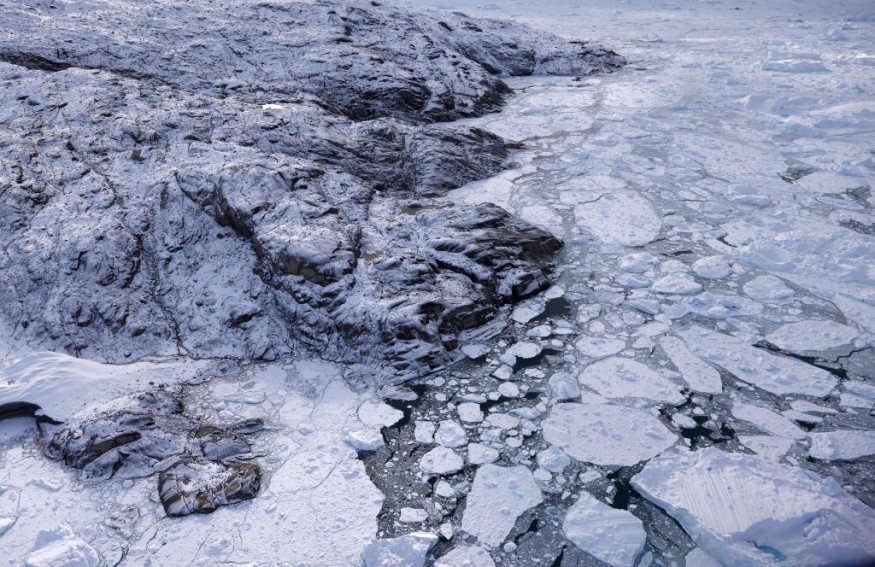
Twenty years sooner than anticipated, summer sea ice is disappearing. Sadly, experts claim that an action plan is already too late.
Even in the best-case scenario, summer months without sea ice will start to occur in the Arctic somewhere in the middle of the century, earlier than top climate scientists had anticipated.
20 Years Earlier, Now It's Too Late
In its most recent historic assessment, the United Nations-sponsored Intergovernmental Panel on Climate Change predicted that if greenhouse gas emissions from humans remain high or moderate, the region would start to see Septembers without sea ice around 2050. The current study asserts that this will nevertheless occur, even in a low-emission environment. From 2030 to 2040, higher emissions will lead to Septembers without ice.
It is now too late to rescue the Arctic summer sea ice, according to Dirk Notz, a University of Hamburg in Germany oceanographer who specializes in sea ice.
While the IPCC predicted that an ice-free summer will most certainly occur before 2050, the models it examined gave rise to some optimism that a low-emissions course may delay such a doomsday milestone, Notz added. Notz is the author of the study as well as the IPCC report.
Absence of Summer Sea Ice
According to NOAA's Climate.org, the amount of Arctic sea ice is normally at its lowest in September, towards the end of the summer, before increasing once again in the colder, darker fall and winter months and peaks in March.
Its disappearance has an international impact, according to experts.
Variations in the jet stream will intensify as the temperature gap between the Arctic and lower latitudes closes. A warmer Arctic would hasten permafrost thaw, which will increase the amount of greenhouse gases released into the atmosphere thus speeding up a potentially hazardous feedback cycle. Higher oceans would result from the Greenland ice sheet melting faster.
According to Seung-Ki Min, a Pohang University of Science and Technology professor of environmental science and IPCC author, the Arctic would warm more quickly if the sea ice there melts more quickly than expected.
The study by Notz, Min, and, several other colleagues was published Tuesday in the journal Nature Communications.
Updates in Projections
By isolating and quantifying the influence of man-made greenhouse gases on ice loss versus other natural causes that might create unpredictability in the data, such as volcanic eruptions, the new study extends earlier studies. It was discovered that the former accounts for 90% of Arctic sea ice melting and natural causes only account for 10%.
The end of summer sea ice in the Arctic is predicted to occur, according to Mark Serreze, the University of Colorado Boulder director of the National Snow & Ice Data Center, who was not involved in the study.
These include significant fluctuations in climate data and inadequacies in the current climate models. While it might be difficult to foresee changes in weather patterns within a single year, events like El Nio or La Nia can produce swings that endure for several years.
People may take action to prevent the loss of sea ice now that they are aware that human activity is the main reason for it, according to Notz. However, he anticipates that there will be additional troubling news in the future as climate modeling advances, Japan Times reports.
Related Article : Himalayan Glacier Massive Loss Reaches 65%
© 2025 NatureWorldNews.com All rights reserved. Do not reproduce without permission.

